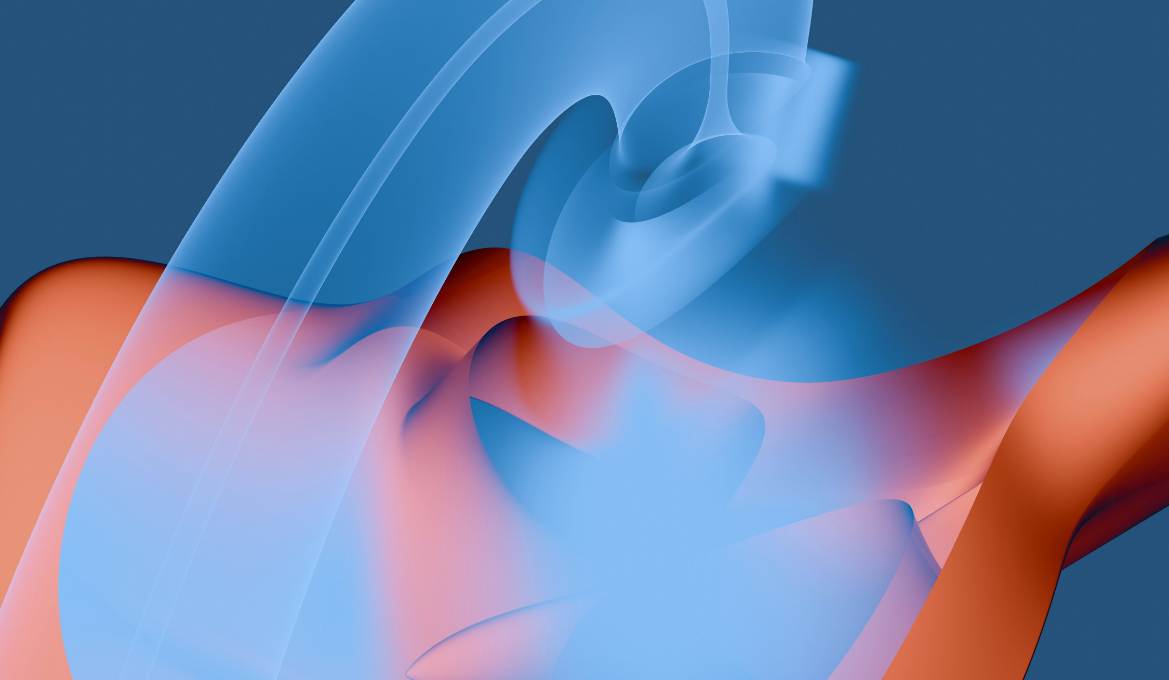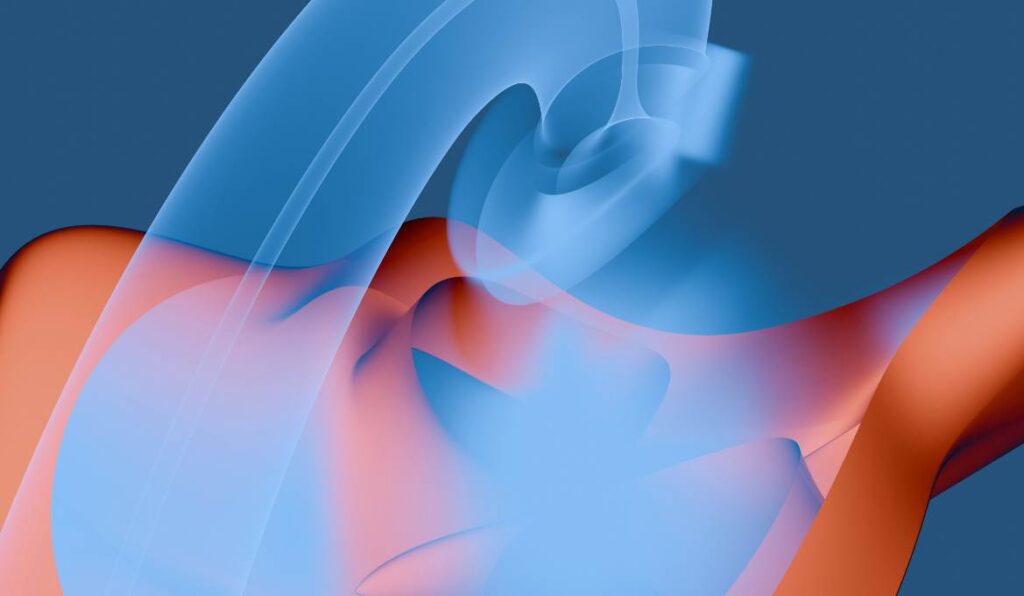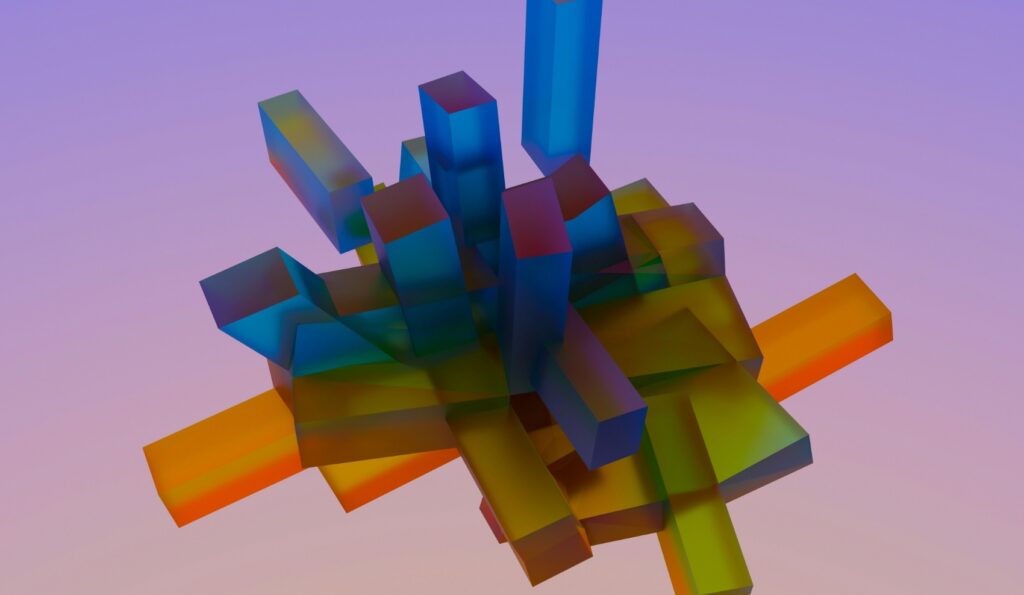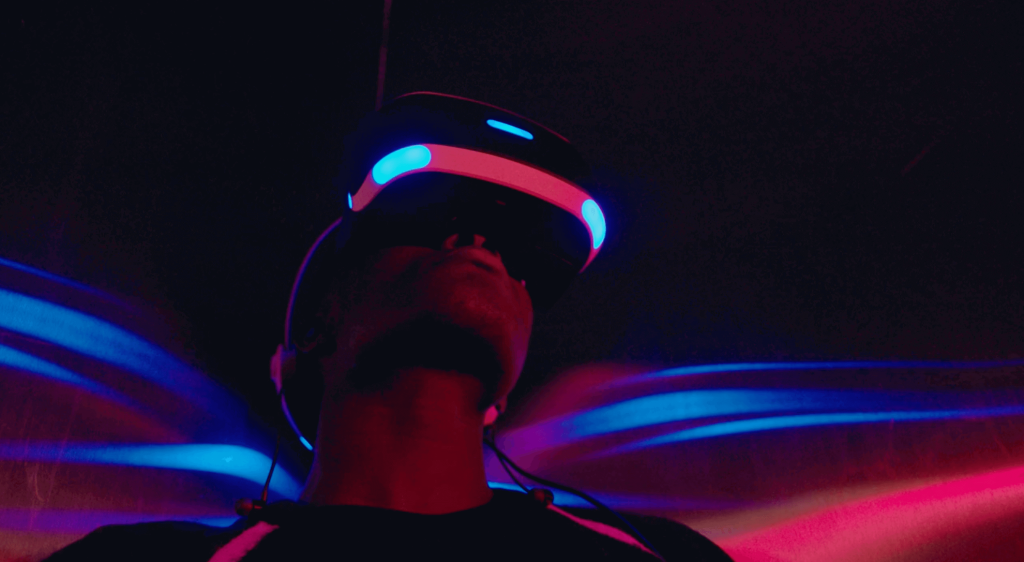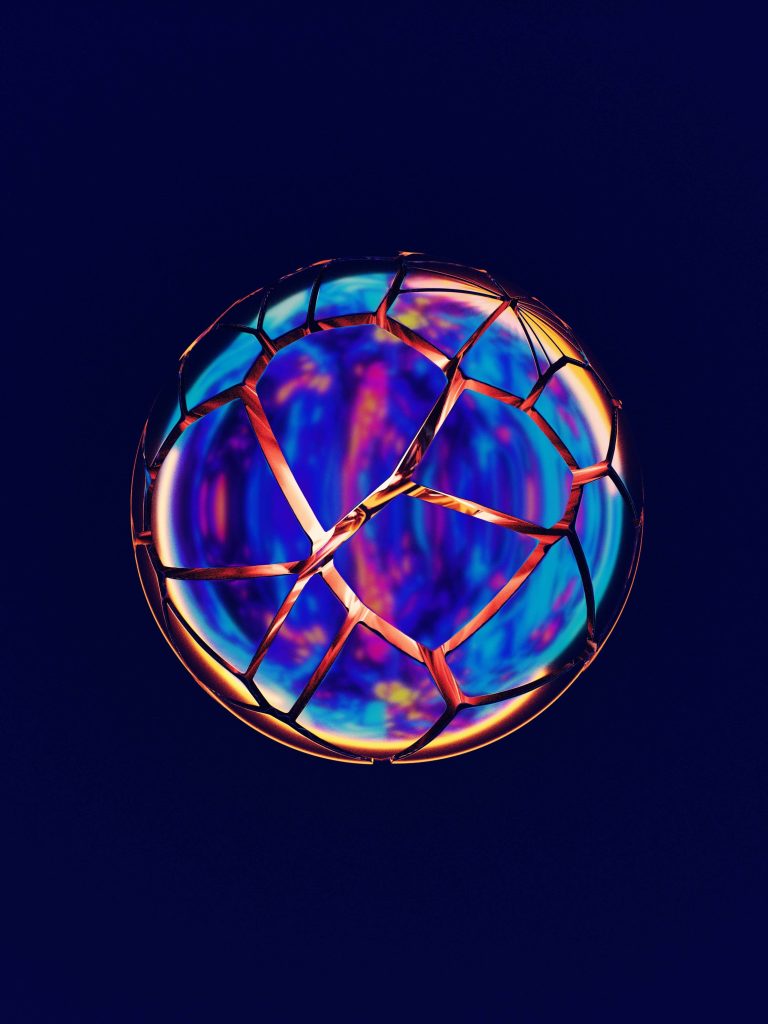In recent years, the rise of artificial intelligence (AI) has revolutionized various sectors, including video production. One of the most intriguing developments is the emergence of machine-generated video, which is increasingly being used in marketing, entertainment, and education. Alongside this innovation, user feedback mechanisms have become integral in refining AI-generated content. This article explores the latest advancements in machine-generated video technologies, their implications, and how user feedback is shaping their evolution.
In early 2023, the AI technology company Brightside showcased its pioneering work in machine-generated video. At the forefront of this development was an impressive system that utilizes advanced algorithms to create high-quality videos with minimal human intervention. Brightside’s innovations are rooted in Generative Adversarial Networks (GANs), a technology that pits two neural networks against each other—the generator, which creates content, and the discriminator, which evaluates its authenticity. This competition drives improvements in the generated content, resulting in realistic and engaging videos.
Despite their remarkable capabilities, machine-generated videos come with their own set of challenges. The quality and authenticity of AI-generated content are paramount, especially in sectors like advertising and media where consumer trust is essential. Ensuring accuracy and preventing misinformation are concerns that developers must address. Brightside has tackled this issue head-on by integrating user feedback mechanisms into its video generation process.
User feedback mechanisms allow viewers and consumers to provide insights about the generated content, which is then used to refine the algorithms. This interactive approach not only helps improve the quality of the videos but also builds a community of engaged users who feel invested in the content’s evolution. Brightside has implemented several feedback tools, including rating systems and comment sections, enabling users to directly communicate their thoughts on the generated content.
Moreover, by analyzing user feedback, Brightside can identify patterns regarding what viewers find engaging or off-putting. For instance, if a substantial number of users report that a specific machine-generated video lacks emotional depth, the system can adapt to incorporate more expressive elements in subsequent videos. This not only enhances viewer satisfaction but also broadens the scope of creativity that AI can achieve.
The cultural impact of machine-generated video is another crucial aspect to consider. As these technologies become more prevalent, they challenge traditional notions of authorship and creativity. Many in the creative industries grapple with the implications of AI-generated content; for example, if a video generated by an algorithm becomes a viral sensation, who deserves credit? The creator of the software, the input data, or the users who provided feedback? These questions are contentious and highlight the need for evolving copyright frameworks in the digital age.
Additionally, the entertainment industry is actively exploring how AI-generated videos can be used to complement human creativity rather than replace it. Filmmakers can harness machine-generated content to streamline the pre-production process. For example, AI can quickly generate concept videos that help directors visualize scenes before they are shot. This application can save time and resources, allowing filmmakers to focus on crafting compelling stories.
Education has also seen the benefits of machine-generated video. In recent months, educational institutions have started leveraging AI-generated content to create engaging online learning materials. By using Brightside’s technology, educators can produce high-quality instructional videos tailored to their students’ needs. User feedback mechanisms play a pivotal role here as well; students can provide insights that help educators tweak the content to maximize learning outcomes.
Furthermore, machine-generated videos can democratize content creation. With user-friendly tools becoming available, individuals with limited technical skills are now able to produce videos that were once exclusive to those with access to high-end equipment and software. This democratization of video production opens new avenues for expression, creativity, and sharing stories from diverse perspectives.
Despite the promising applications of machine-generated videos, ethical considerations loom large. The potential for misinformation, deepfakes, and other malicious uses of AI-generated content is a critical concern. Brightside and other companies are taking proactive measures to counter these threats by establishing rigorous guidelines and employing AI-driven content moderation systems. By monitoring the generated content and enforcing community standards, they aim to ensure that machine-generated videos serve as a force for good.
Industry professionals are beginning to recognize the importance of transparency in AI-generated content creation. Viewers need to know when they are engaging with machine-generated videos, and companies must strive to maintain the integrity of the content. By openly communicating the role of AI and the processes behind creation, companies like Brightside can build trust with users and establish a new norm for the consumption of AI-generated media.
As machine-generated videos become more sophisticated, thoughts on the long-term implications of this technology are emerging. The potential for creating entirely new forms of art and entertainment is exciting, but it also raises questions about job displacement in traditional video production roles. Although AI can automate specific tasks, many industry insiders argue that human intuition, empathy, and unique perspectives remain irreplaceable. The hope is that AI will ultimately serve as a powerful tool to enhance human creativity rather than replace it.
Collaboration between humans and AI is the future of video production. Companies are already experimenting with hybrid workflows where AI assists in generating initial drafts or prototype videos that human creators refine. This partnership can lead to innovative storytelling techniques and narrative structures that were previously unexplored. The challenge moving forward is to achieve a balance between human creativity and machine efficiency, ensuring that neither is compromised.
In conclusion, the advancements in machine-generated video technologies by companies like Brightside are reshaping the landscape of content creation. As user feedback mechanisms enhance the quality of AI-generated videos, they foster a more interactive and creative community. However, the journey is fraught with ethical challenges and questions regarding authorship and trust. Embracing a collaborative approach between humans and AI seems to be the path forward, allowing the industry to harness the best of both worlds. As we move further into an era dominated by AI, the key will be in balancing innovation with responsibility, ensuring that technology serves humanity in enriching and meaningful ways.
Sources:
– Brightside Official Website – [Brightside](https://brightside.com)
– Research articles on AI and video technology from IEEE Xplore
– Interviews with industry experts from leading technology magazines
– Educational institutions’ case studies on AI use in learning environments
– Ethics discussions published by tech policy think tanks.

